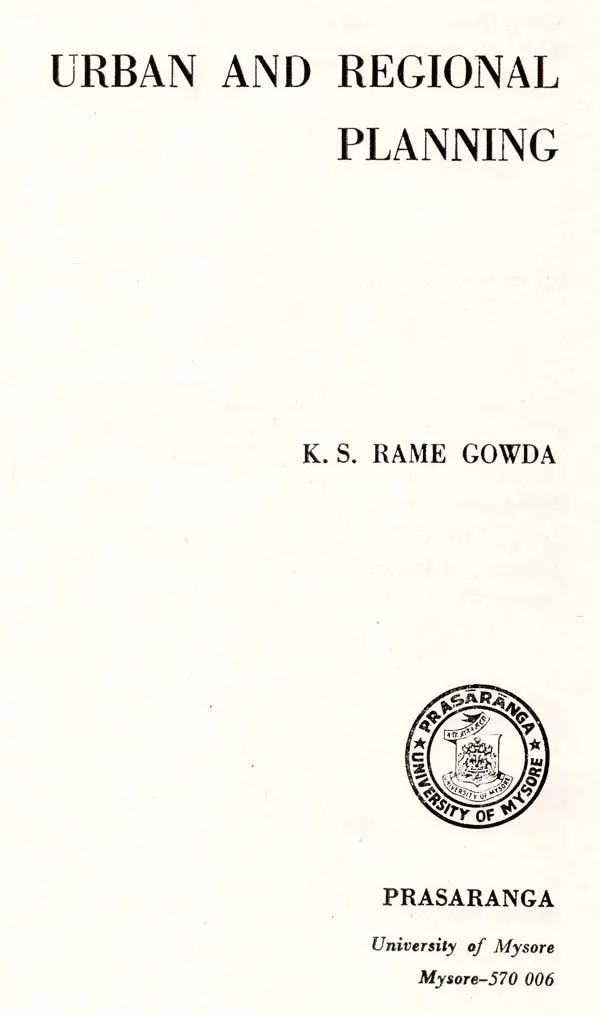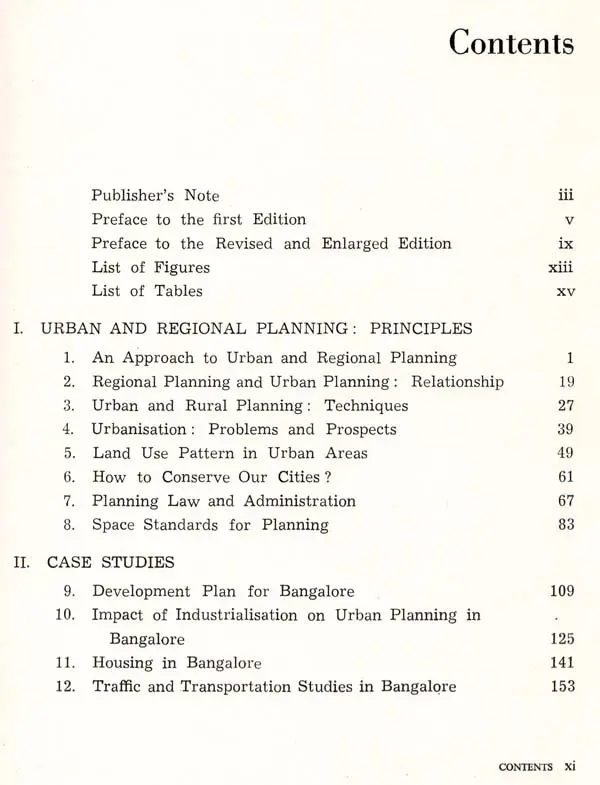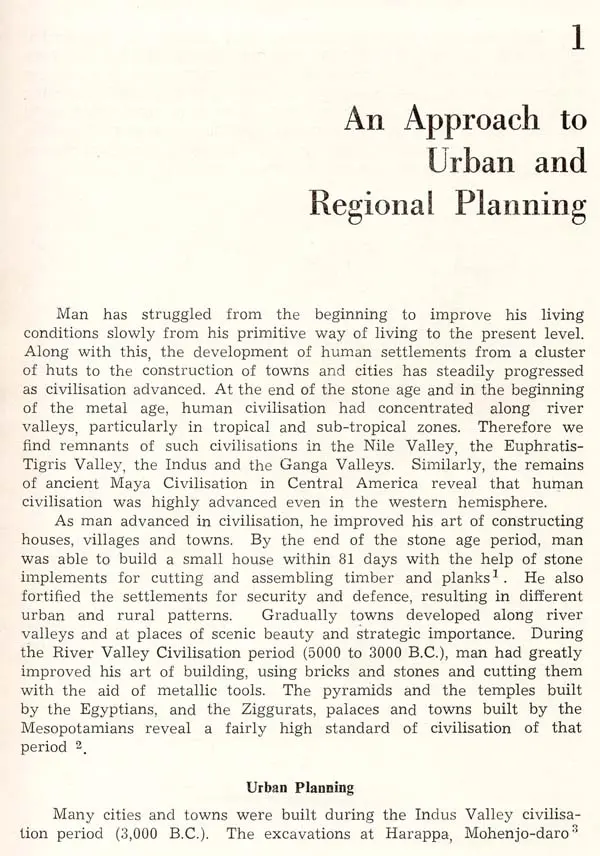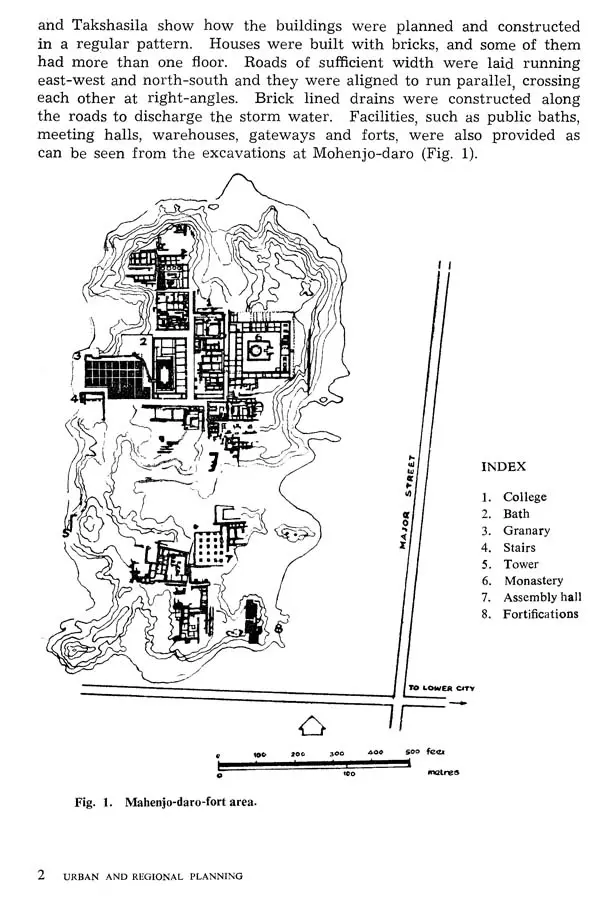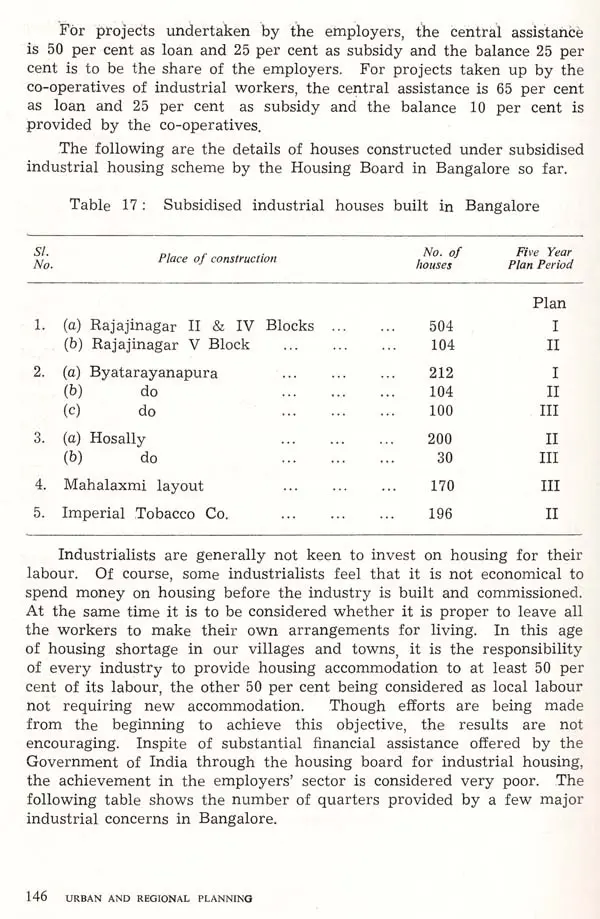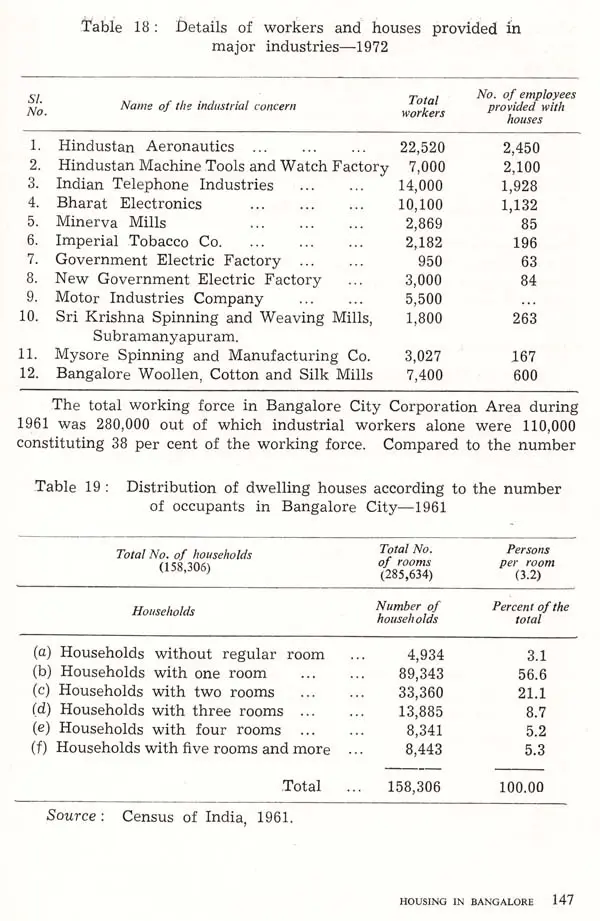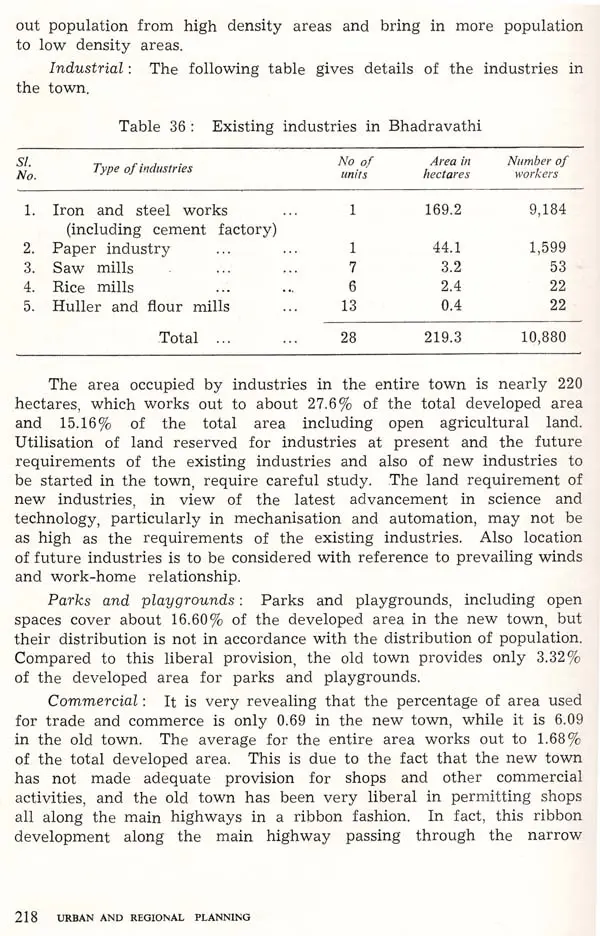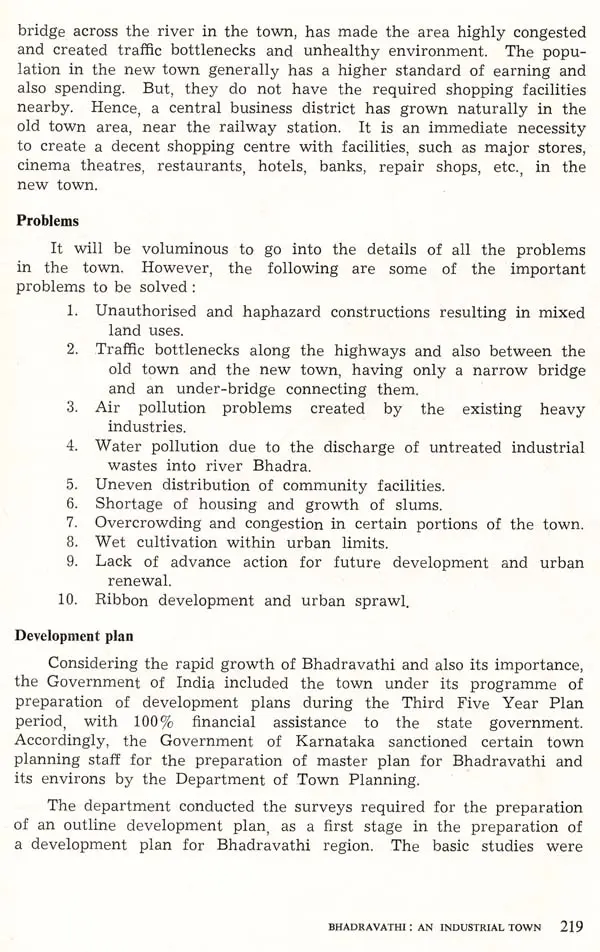
Urban and Regional Planning- Principles and Case Studies (An Old and Rare Book)
Book Specification
| Item Code: | UAK064 |
| Author: | K. S. Rame Gowda |
| Publisher: | University of Mysore, Mysore |
| Language: | English |
| Edition: | 1986 |
| Pages: | 272 |
| Cover: | PAPERBACK |
| Other Details | 10.00 X 8.00 inch |
| Weight | 790 gm |
Book Description
The book deals with the principles of urban and regional planning with special emphasis on practical applications. The first part of the book explains various aspects of urban and regional planning including village planning. The second part deals with case studies pertaining to town planning. metropolitan planning and regional planning. A special feature of the book is the description of ancient town planning in India and the introduction of a separate chapter dealing with space standards for ready reference by planners and other persons in the field. The use of urban and regional planning as a tool in bridging the wide gap between the urban and rural life is clearly brought out in the course of the book. The conurbation which seems to delude many town planners and city administrators in controlling and regulating its growth is discussed and the application of legal tools, like town planning legislation, administ ration, land-use planning and zoning has been substantiated in the existing context. In addition, the book deals with the philo sophy of government regarding locational decisions, urbanisation, minimum facilities in areas, decentralisation of industrial activity, and a host of other urban and regional planning problems which are the policy issues to be steadily pursued by people in authority, as otherwise the result would be the creation of unmanageable Megalopolis." Extensive and latest statistical data are organised in suitable tabular form. These tables present data which can be easily taken out and used by the reader for comparative purposes. They are also summarised by population groups, town size and geogra phical locations. Attractive illustrations have enhanced the usefulness of the book.
Dr. K. S. Rame Gowda, F.L.T.P., well known for his contribution to town and country planning in India and abroad. studied City and Regional Planning at the Illinois Institute of Technology. Earlier, he had studied civil engineering at the University College of U.S.A. Engineering. Bangalore. In 1946, he joined service in the Government of Mysore and worked in different capacities and then held the post of Director of Town Planning in Karnataka for over 12 years. He is is responsible for organising the Department of Town Plan ning on permanent footing in the State of Karnataka. He worked as Chief, Project Planning, Town and Country Planning Organisation, Government of India, New Delhi in 1977-78 and later as United Nations Chief Technical Adviser in Nigeria from 1979 to 1982. In this book he draws upon examples from some of the projects in which he has been involved. As a member of several planning and developmental authorities and as Visiting Professor of Planning he is deeply associated with the planning and implementation of plan proposals and he combines his practical work with research programmes. With his rich experience in the field of city planning he has evolved the Work-Home Concept to describe the land-use pattern in urban centres. He is the author of another book on town planning in Kannada, the regional language of Karnataka State, and also of a large number of technical papers. He is a member of the Executive Committee of the Institution of Engineers, India, Bangalore and also the past President of the Institute of Town Planners, India. In 1970, he led a delegation from India to the International Seminar on Town Planning organised by the German Foundation for Developing Countries in West Berlin. He participated in the Inter national Seminars at Nagoya, Japan and Kaduna, Nigeria as U.N. Delegate in 1980.
Urbanisation has become a universal phenomenon as a consequence of rapid industrialisation. Though towns and cities existed since the dawn of civilisation, their rapid growth started only after the Industrial Revolution. The theories and techniques adopted for urban planning underwent radical changes with the advent of the machine and the coming in of the automobile on the urban scene. As the problems became acute, remedies were searched for and new theories, new legislations and new organisational patterns began to appear Many difficulties were faced by the early industrialised countries in urban planning and development. Countries, like India, which are rapidly industrialising and urbanising can take lessons from them and avoid such pit-falls.
**Contents and Sample Pages**
